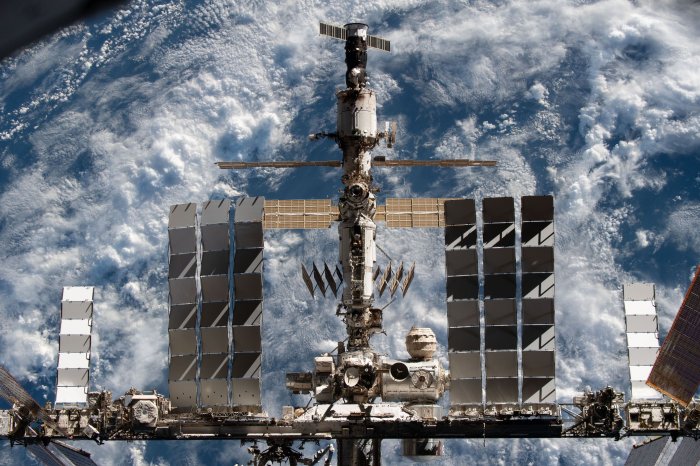ORLANDO, Fla., Jan. 21 (UPI) -- United Launch Alliance sent two space tracking satellites into orbit for the U.S. Space Force from Florida on Friday afternoon.
The Atlas V rocket lifted off as planned at 2 p.m. EST into a mostly cloudy sky from Complex 41 at Cape Canaveral Space Force Station near Kennedy Space Center. The single solid rocket booster strapped to the rocket also ignited, contributing to the rocket's fiery plume.















